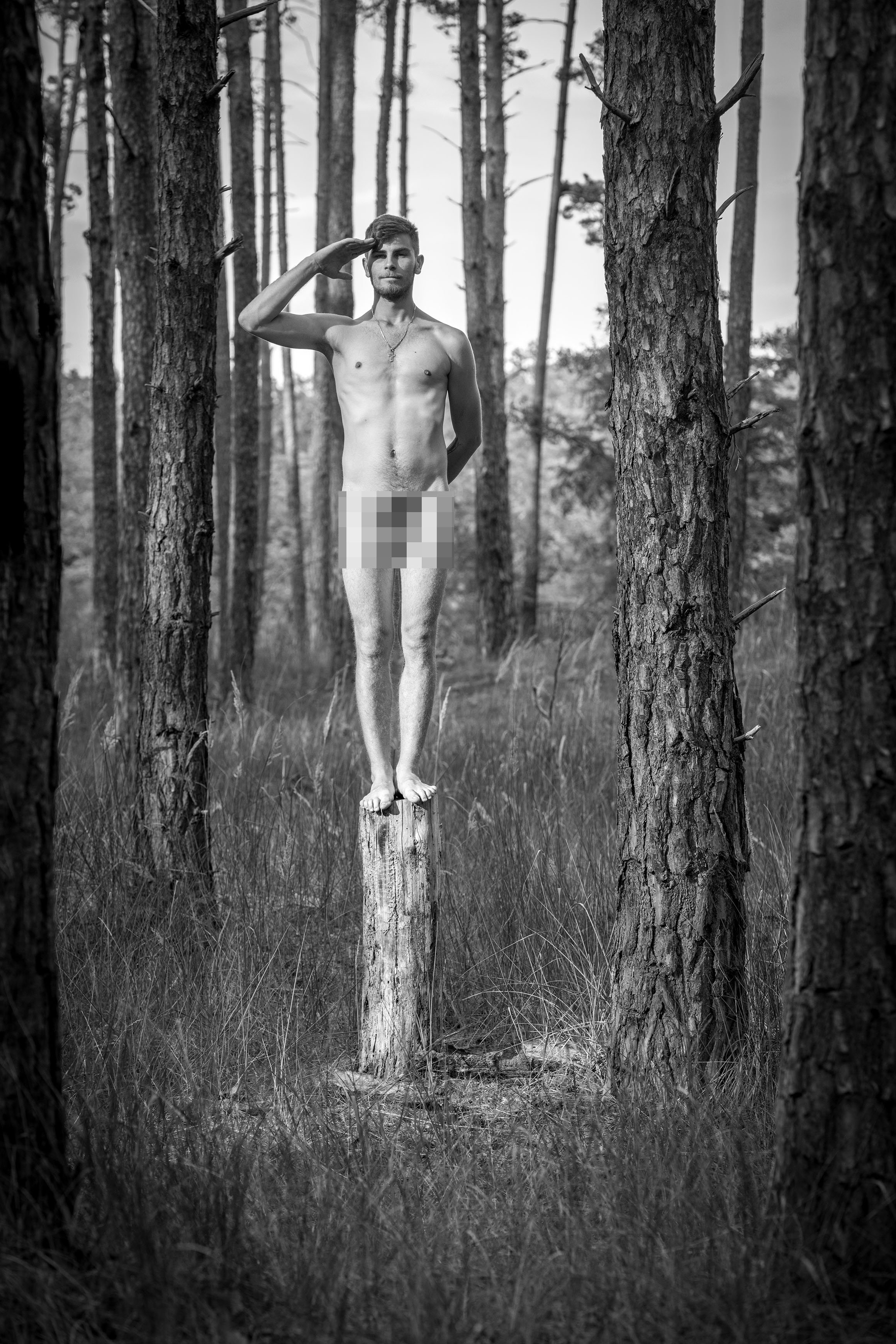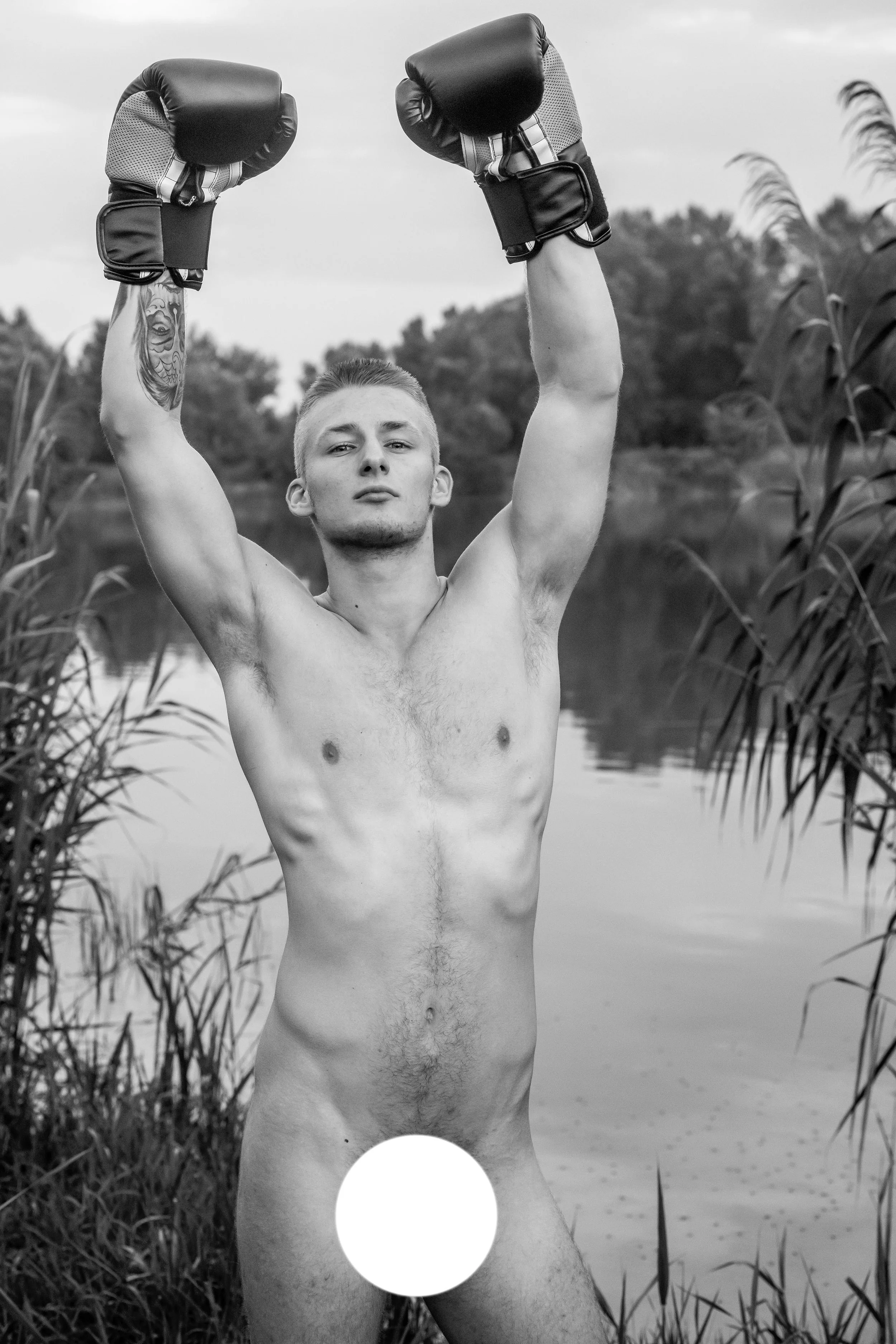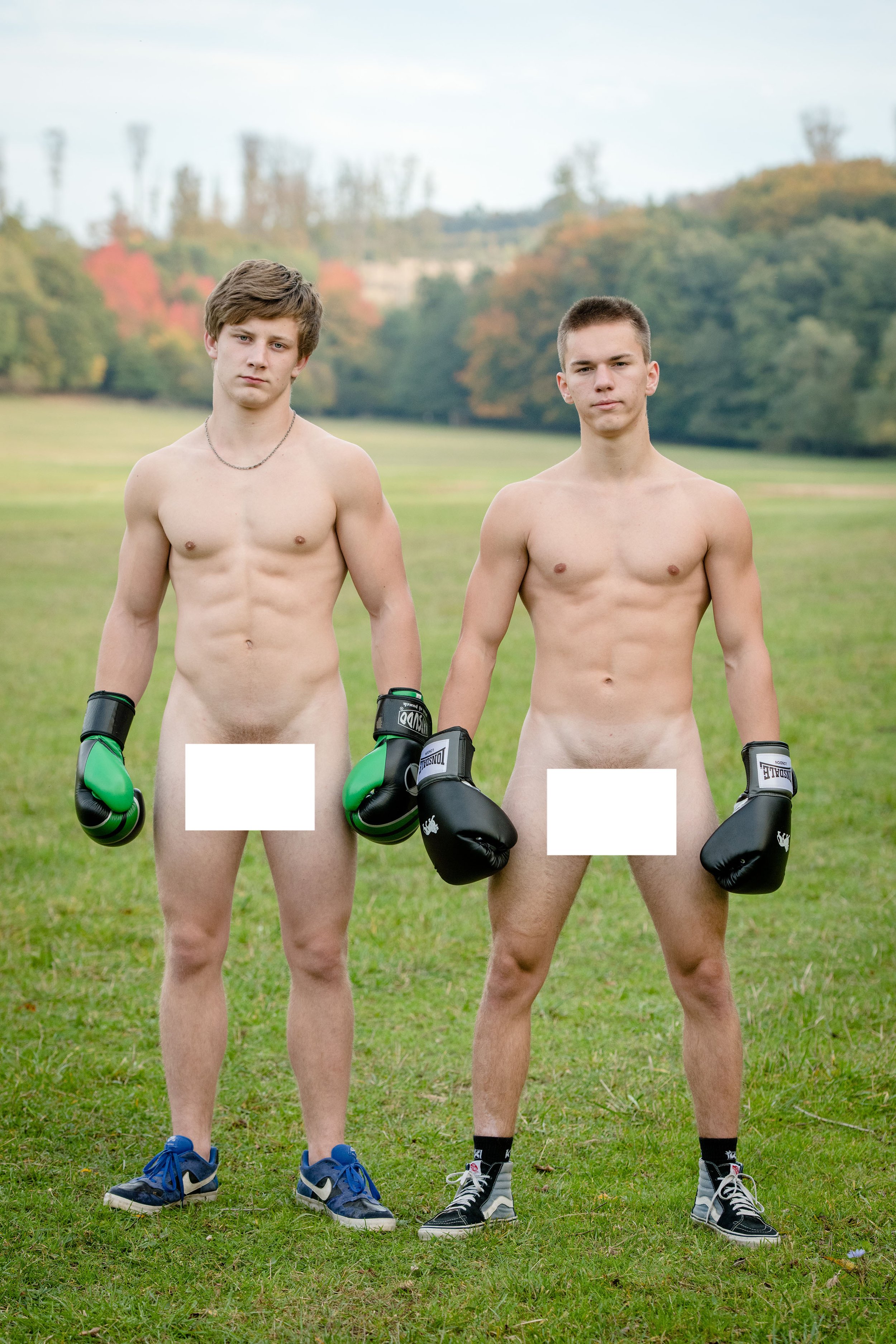In his own work of photographing male nudes, Phil is drawn to authenticity and spontaneity, eschewing the formulaic, the overdone, and the sterile.
Excerpt from my interview for the Physique Pictorial magazine, Spring 2020
When did your interest in photography begin?
As early as I can remember. I think I was around 6 when I picked up my step-dad's camera and took my first portrait. After a lot of nagging, I got my first camera on my 10th birthday and I spent most of my teens and early twenties behind a TV camera.
I was always fascinated with looking through the eyepiece and composing shots. In terms of photographing male nudes, it's something I've daydreamed about since I was a kid. It took a very long time though for me to realize that it was actually something I could do for a living. I've always wondered how other photographers (like Bob Mizer, Robert Mapplethorpe or Bruce Weber) did it.
It was the social aspects rather than the technical details of photography that I found very difficult to grasp. In some ways I am brave and confident, but I can also be extremely shy, especially when it comes to asking someone out on a date or asking a guy if he'd be interested in posing nude.
Your site provides hot pictures of men in various poses, reminiscent of the nude magazines that mostly no longer exist. Do you view your work as art, or commerce?
For the sake of art, I am stubbornly making what some people would deem as many bad business decisions. Just because baking bread is probably not the most efficient way of getting rich, it doesn't mean we'll stop having bakeries. It's still good business. People still buy printed books, newspapers and magazines. That market is shrinking (which may be a good thing), but it hasn't disappeared. There Is less in print form, but there is still a lot of money In it. The piece of the pie is shrinking, but the pie is getting larger. I don't think photographs of men in various poses is a dying art. The creative possibilities are and will be endless. It's not going anywhere.
How do you find models? What's your pitch? Do many guys say no?
When I was planning to create Bodytorium, my biggest fear was my inability to find models. Since I wasn't interested in photographing porn stars strippers or professional models, I worried about how "ordinary people" would react to being asked to pose nude. I started by asking for help from Patrik, a good friend and one of my first models. He contacted some of our good-looking mutual friends and to our pleasant surprise many of them responded positively.
I was lucky to have a large network of athletic friends from the street-workout/calisthenics and parkour communities. It gave me a good head start. Today, a year later, I still tap into the same network, although I've probably contacted almost everyone I know who I want to photograph. I recently came to the realization that my first priority / main responsibility is to meet people. And I like to do it In person, even though I am a bit of an Introverted extrovert. I keep reminding myself to spend less time in front of the screen and more time out on the street. I don't have a specific pitch. I tell people I'm a photographer and that I photograph male nudes, and I ask guys if they'd be Interested or if they hove a friend who may be Interested.
Do they reflect your taste, or is it shaped by your consumers' taste?
They reflect my taste. Most of the feedback I get from Bodytorium are requests for more shots of specific models. I take all feedback into consideration but I generally stick to my own style. You can't please everyone.
Do the models typically like the results?
I'd say most of my models are very impressed especially when I give them instant visual feedback during photo shoots. Some are even blown away and encouraged by what they see. All my models ask if I'll send them some of the pictures. I think some are curious what they look like naked and others just want to use the pictures (where they are at least partly clothed) for social media. The picture sessions sometimes boost the models' confidence. It's a form of therapy.
Some of my models said later on that they feel much more comfortable with their bodies and with being naked. I also had a model who was sent by his girlfriend who hoped the experience would make her boyfriend a bit more sexually adventurous. I sometimes joke that male nude photography is becoming the new extreme sport, kind of like bungee jumping: a way for men to push their limits, test their courage and get on adrenalin rush.
Who has been your favorite model of the ones we are running, and what makes a good nude model?
Dominik (guy with boxing gloves and arms up in the air) is my favorite. He's a professional athlete and I always saw him as a sexy bad boy. His face always has mischief written all over it. He. didn't think twice when asked to pose nude for my site and he executed the photo shoot with total confidence. He was the first model and it was a very good start.
My criteria for a good model is that he's not a model and that he's authentic. The less experience he has, and the less he sees himself as a model or as being photogenic the better. One of my specialties is capturing very photogenic moments of not very photogenic people. I also love guys who are unaware of just how sexy they are. This used to be very common In Slovakia, but the magic is slowly disappearing as people everywhere become more self-absorbed with the help of social media.
Are you aware of the Bob Mizer/physique photography tradition, and was he influential?
Bob Mizer is my greatest influence and inspiration for photography. I discovered Bob Mizer's work when I was 1 6 through his AMG shorts on VHS tapes. Later, I saw him portrayed in Beefcake and I was blown away by and jealous of his career. To this day I love discovering new photographs from Bob.
They almost seem simple by today's standards but they're still beautiful. I am also a rebel, a freedom fighter, and while there certainly has been social progress in some areas, I can't accept that nudity, especially male nudity is a prevailing taboo, even in Western society. It boggles my mind that it's okay for kids to run around with toy swords and guns - which symbolize violence and death - and yet it's considered inappropriate to show some parts of the human body in the public and during daytime TV. It's so unhealthy and hypocritical.
We are showing some of your best action shots. How do you capture men in motion? Are the shots planned, or in the moment?
I try to achieve a blend of planned and unplanned shots. Sometimes I am very well prepared and I have everything planned out but I always try to be open to the magic of spontaneity. I am growing my repertoire of tried and tested shots while I am also spending just as much time experimenting.



